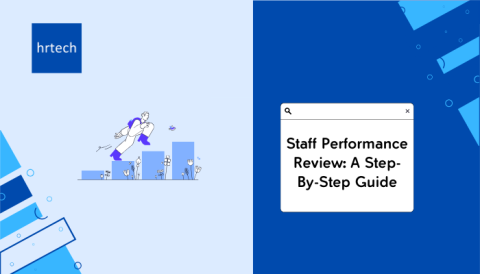Introduction
Performance evaluations are more than just annual rituals. They’re powerful tools that can spark motivation, correct course, and inspire continuous improvement across all levels of an organization. But here’s the thing—not all evaluation methods are created equal.
When done right, performance evaluation methods can not only assess productivity but also boost employee morale, build trust, and foster a culture of growth. Whether you’re running a startup or managing a large enterprise, having the right evaluation strategy in place is a game-changer.
Let’s dive into some of the most effective performance evaluation methods that are known to drive motivation and workplace satisfaction.
What Is Performance Evaluation and Why Is It Important?
Performance evaluation, also known as performance appraisal, is the process of assessing an employee’s job performance and productivity based on pre-defined objectives and criteria. It helps employers understand how well individuals are meeting expectations, contributing to team goals, and aligning with organizational values.
But performance evaluation isn’t just about ratings and reviews—it’s a strategic tool that, when used correctly, can boost employee engagement, motivation, and overall job satisfaction.
Why Is Performance Evaluation Important?
- Drives continuous improvement – Regular feedback helps employees understand their strengths and pinpoint areas for growth. This creates a loop of constant learning and improvement.
- Aligns individual goals with business objectives – Evaluations ensure that everyone is moving in the same direction. When employees see how their work contributes to the company’s bigger picture, they feel more invested.
- Improves communication – Performance reviews open up two-way conversations between managers and team members, fostering transparency and trust.
- Recognizes and rewards talent – Recognizing top performers through evaluations boosts morale and encourages a culture of excellence.
- Identifies training and development needs – Appraisals reveal skill gaps that can be addressed through targeted training programs, ensuring your team stays competitive and competent.
- Supports fair promotions and compensation – Evaluations provide objective data for decisions related to raises, promotions, or role changes, reducing biases and ensuring fairness.
In short, performance evaluation isn’t just an HR process—it’s a morale booster, a growth engine, and a leadership development tool. When done with intention, it empowers individuals and strengthens teams.
Leverage the experience of TeamLease to integrate these evaluation strategies seamlessly into your organization.
Now let’s dive into the top methods that could revolutionize your approach.
Top Methods of Performance Evaluation
These evaluation techniques are widely adopted and appreciated for their structured, results-driven, and employee-centric approach.
1. Management by Objectives (MBO)
What it is: MBO is a strategic method where managers and employees jointly set specific goals. At the end of the review period, the employee’s success is measured based on the achievement of these objectives.
Why it boosts morale:
- Involves employees in goal-setting, promoting a sense of ownership.
- Clear targets mean less ambiguity and more direction.
- Encourages ongoing communication between managers and employees.
Best for: Organizations aiming to improve accountability and alignment between individual and organizational goals.
2. 360 Degree Feedback
What it is: This method gathers feedback from multiple sources—supervisors, peers, subordinates, and sometimes even customers—to get a well-rounded view of an employee’s performance.
Why it boosts morale:
- Helps employees understand how they’re perceived across the board.
- Reduces biases that may come from a single evaluator.
- Encourages self-awareness and collaboration.
Best for: Mid to large-sized companies looking to nurture a culture of transparency and peer-driven development.
3. 720 Degree Feedback
What it is: A more extensive version of 360-degree feedback, which includes pre- and post-assessment feedback from both internal and external stakeholders.
Why it boosts morale:
- Provides a complete feedback loop for continuous improvement.
- Encourages deeper personal and professional development.
- Allows employees to see their growth in real time.
Best for: Leadership roles and employees in customer-facing or strategic positions.
4. Critical Incident Method
What it is: Managers document instances where employees go above or below expected performance levels. These incidents are later discussed during evaluations.
Why it boosts morale:
- Recognizes outstanding efforts and timely achievements.
- Allows managers to address issues constructively and with context.
- Encourages timely feedback and course correction.
Best for: Teams with frequent changes in project roles or responsibilities.
5. Checklist Method
What it is: A list of traits, skills, or behaviors is used to assess whether an employee exhibits certain qualities.
Why it boosts morale:
- Easy to understand and implement.
- Helps set clear expectations.
- Creates a uniform benchmark across the organization.
Best for: Organizations seeking a standardized evaluation process for multiple roles.
6. Psychological Appraisal
What it is: Evaluates an employee’s mental traits, emotional stability, interpersonal skills, and leadership potential, often conducted by trained psychologists.
Why it boosts morale:
- Identifies hidden talents and future leadership potential.
- Helps align employees with roles that suit their personality and aptitude.
- Demonstrates employer investment in long-term growth.
Best for: Leadership grooming programs and internal promotions.
7. Assessment Center Method
What it is: Employees are evaluated through a series of simulations and exercises that mimic job challenges—like group discussions, role-playing, and case studies.
Why it boosts morale:
- Real-time simulations make evaluations engaging.
- Offers a fair and skill-based assessment of potential.
- Can be used to identify training needs and talent readiness.
Best for: Leadership roles, promotions, and skill development initiatives.
8. Behaviorally Anchored Rating Scale (BARS)
What it is: BARS combines elements of traditional rating scales and critical incidents. Employees are rated against specific examples of behavior tied to performance levels.
Why it boosts morale:
- Reduces ambiguity and subjectivity in assessments.
- Provides actionable feedback based on observable behavior.
- Encourages employees to aim for measurable outcomes.
Best for: Organizations where behavioral expectations are clearly defined.
9. Forced Ranking
What it is: Employees are ranked against each other, and only a fixed percentage fall into each performance category.
Why it boosts morale (when used cautiously):
- Pushes high performers to maintain their edge.
- Can uncover top talent quickly.
- Sparks healthy competition.
Note: Use this method carefully. It may backfire if employees feel unfairly compared or pitted against one another.
10. Self-Evaluation
What it is: Employees assess their own performance using a structured framework or questionnaire.
Why it boosts morale:
- Promotes reflection and accountability.
- Helps employees articulate achievements and challenges.
- Builds a sense of trust and ownership.
Best for: High-autonomy roles and knowledge workers.
11. Paired Comparison Method
What it is: Each employee is compared with every other employee in a group based on a particular trait or outcome.
Why it boosts morale:
- Facilitates objective comparisons across a small team.
- Can highlight standout contributors for promotions or rewards.
- Ensures fairness in resource allocation or project assignments.
Best for: Small teams and pilot programs.
Discover how TeamLease can customize these evaluation methods to suit your specific business goals and enhance employee performance.
Moving on, let’s break down which methods might work best for your unique circumstances and how you can put them to use effectively.
Which Method Should You Use and When?
With so many performance evaluation methods available, it’s easy to feel overwhelmed. The truth is—there’s no one-size-fits-all solution. The effectiveness of any method depends on your organizational goals, team size, work culture, and even the nature of specific roles.
Here’s a quick guide to help you match the right evaluation method with the right business need—so your approach is not just effective but also morale-boosting and aligned with your company’s values.
| Scenario | Recommended Method |
| Setting quarterly KPIs | Management by Objectives (MBO) |
| Improving teamwork & peer engagement | 360 or 720 Degree Feedback |
| Identifying leadership potential | Psychological Appraisal, Assessment Center |
| Promoting self-reflection | Self-Evaluation |
| Rewarding high performers | Forced Ranking (with caution) |
| Behavior-based assessment | BARS |
| Small team comparisons | Paired Comparison Method |
In reality, many organizations use a hybrid approach—mixing different methods to cover all angles of employee growth and evaluation.
Key Pointers
- Performance evaluations go beyond just measuring productivity—they drive motivation, morale, and continuous improvement.
- The right method helps align employee efforts with company goals and fosters a culture of trust and growth.
- Use hybrid approaches to adapt evaluations based on roles, team size, and organizational culture.
- A well-structured evaluation process boosts morale, encourages accountability, and builds stronger teams.
Conclusion
Performance evaluation methods are no longer just about ratings—they’re about unlocking potential, building trust, and boosting morale. Whether it’s using structured frameworks like MBO, holistic tools like 360-degree feedback, or advanced techniques like assessment centers, the right approach can truly transform the employee experience.
Partner with TeamLease to Transform Your Workforce
If you’re looking to implement performance evaluation methods that go beyond checkboxes and actually drive workforce transformation, TeamLease is here to help.
With a mission to empower organizations through strategic people solutions, TeamLease helps you put the right systems, processes, and technologies in place to enhance employee performance and morale. From optimizing HR frameworks to streamlining evaluations, we bring expertise, innovation, and execution under one roof.
Ready to redefine how you evaluate and elevate your team? Connect with TeamLease today and take the first step toward a smarter, more empowered workplace.
FAQs
1. How can performance evaluation methods be adapted for remote teams?
Remote work changes how managers observe and assess performance. Discover how digital tools and communication habits can align with traditional evaluation methods for fair and consistent appraisals in virtual settings.
2. Can AI play a role in enhancing performance evaluation methods?
Explore how AI-driven analytics, sentiment analysis, and behavioral tracking tools could support data-backed, bias-free employee assessments in modern organizations.
3. How frequently should performance evaluations be conducted for morale-boosting impact?
Is once a year too little? Find out the ideal frequency of evaluations to keep morale high without overwhelming your team.
4. What role does emotional intelligence play in effective performance evaluations?
Understand why an evaluator’s empathy and communication style can make or break the morale-boosting impact of a performance review.
5. Are there risks in using multiple performance evaluation methods at once?
Learn how to avoid confusion, inconsistency, or fatigue when mixing evaluation approaches—and when hybrid systems work best.
6. How do cultural differences affect performance evaluation methods?
Explore how global teams may interpret feedback differently and how to adapt your methods for inclusivity across diverse cultural norms.







